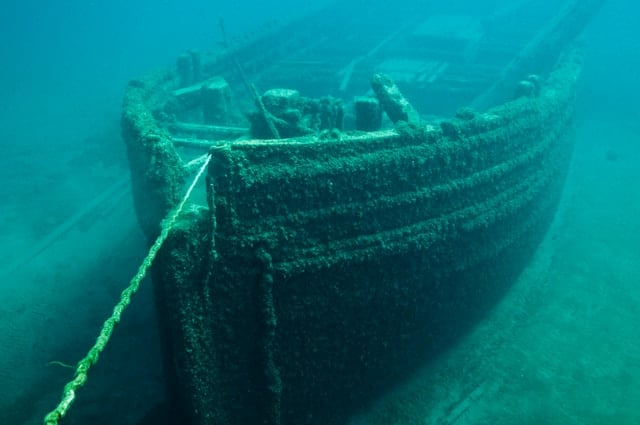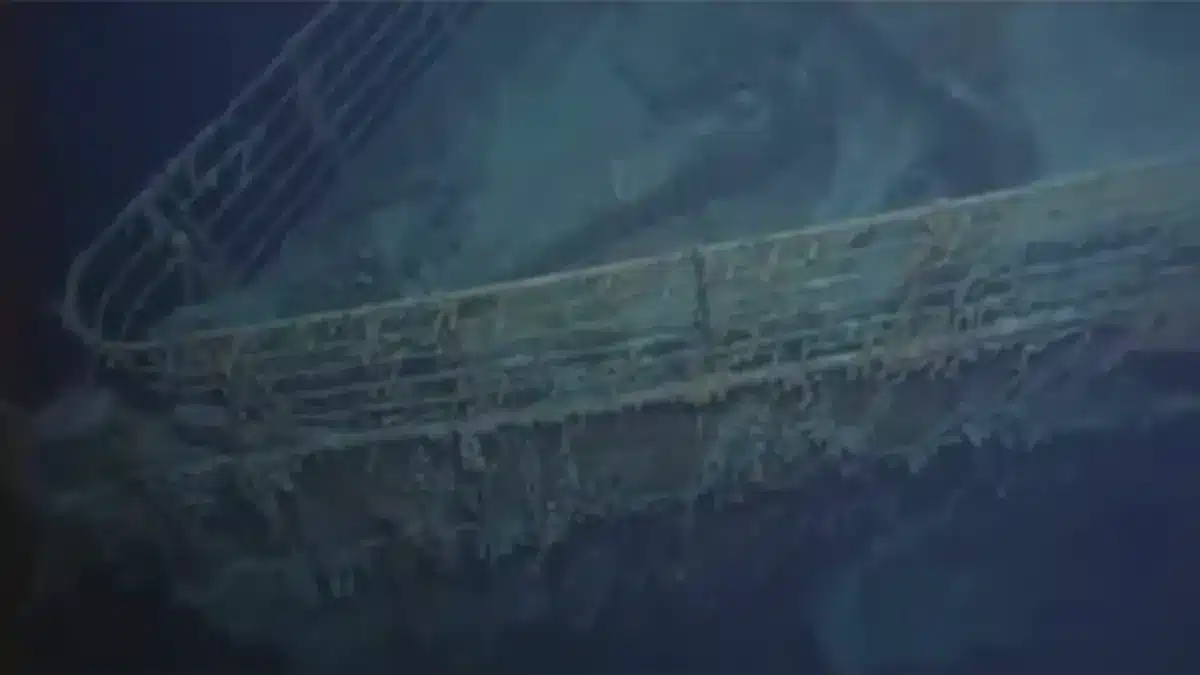The sinking of the RMS Titanic in 1912 has fascinated people worldwide, inspiring books, documentaries, and a famous movie. Tragically, over 1,500 passengers and crew perished when the ship sank. Despite extensive exploration, no human remains have been found within the wreck. Experts offer scientific insights into this mystery, revealing why the Titanic’s wreckage, one of history’s most famous, lacks any human remains.

When the Titanic hit an iceberg on its maiden voyage, around 1,500 people lost their lives. Fewer than 400 bodies were recovered from the frigid Atlantic waters, while the remaining victims were never found. Since the ship’s discovery in 1985, numerous expeditions have scoured the wreck site, yet no human remains have surfaced. The Titanic’s depth—more than 12,000 feet below sea level—has played a significant role in this enigma.
A primary reason for the absence of human remains in the Titanic wreckage is its extreme depth. Oceanographer Robert Ballard, who discovered the Titanic, explained that it rests below the calcium carbonate compensation depth (CCD). At this depth, the water lacks the calcium carbonate needed to preserve bones, causing them to dissolve once exposed. According to Ballard, after marine creatures consume flesh, exposed bones dissolve in the calcium-deficient environment. This chemical process is a key factor behind the disappearance of human remains in the Titanic and similar deep-sea shipwrecks.

Another factor is the presence of deep-sea scavengers. The ocean floor teems with organisms that feed on organic material, including human remains. Fish, crustaceans, and other scavengers would have quickly consumed any flesh, leaving bones exposed to the ocean’s dissolving effects.
Professor John Cassella of Atlantic Technological University explained that bones degrade quickly in salty water due to microbial activity and the ocean’s chemical composition. This natural breakdown process makes it unlikely that any remains would be preserved.
Many Titanic victims wore lifejackets, which may have contributed to their bodies drifting away from the wreck. Although lifejackets were designed to keep people afloat for rescue, the sinking happened in freezing and turbulent conditions, and rescue was impossible. Ocean currents and lifejacket buoyancy likely carried bodies far from the wreck soon after the disaster.
Exposed to elements and marine life, these bodies decayed and dissolved over time, adding to the absence of remains within the Titanic wreck.

Some might wonder why remains have been found in other, older shipwrecks but not in the Titanic. The difference lies in the unique depth where the Titanic rests. Other shipwrecks in shallower waters are often above the calcium carbonate compensation depth, allowing bones to remain intact much longer. This is why bones have been recovered from wrecks centuries old, unlike the Titanic.
Additionally, the cold temperatures and specific microbial life at the Titanic’s depth contribute to the rapid breakdown of organic material at that depth.
Some experts believe there might still be human remains in sealed areas of the Titanic, such as the engine room, where marine life and ocean currents have less access. However, with more than 100 years having passed since the sinking, the likelihood of finding preserved remains is low. Historian James Delgado, who has visited the site twice, suggested that while there could be “some semblance of human remains,” finding anything recognizable is unlikely.
Instead, personal items like shoes and clothing found within the wreck provide poignant reminders of where bodies once lay.

The Titanic wreck is deteriorating rapidly. Deep-sea bacteria are slowly consuming the iron hull, and experts believe it may eventually disintegrate entirely. This natural decay, combined with chemical and biological factors that caused human remains to vanish, means future explorations are unlikely to reveal any bodies.
James Cameron, director of the Titanic movie and a frequent visitor to the wreck, confirmed that in over 30 visits, he has never seen human remains, only clothing and shoes, which serve as a solemn reminder of the disaster.
The mystery of why no human remains have been found inside the Titanic has scientific roots in the extreme conditions of the deep sea. The combination of the calcium carbonate compensation depth, deep-sea scavengers, and ocean currents led to the rapid decomposition of human remains.
